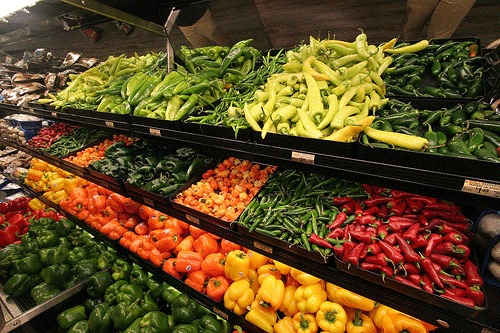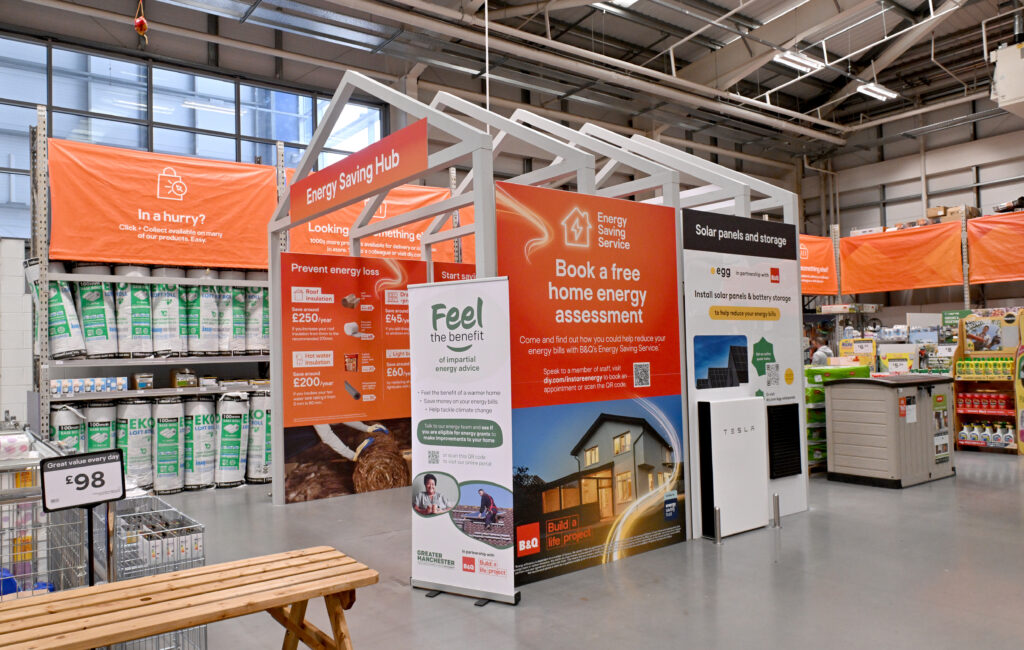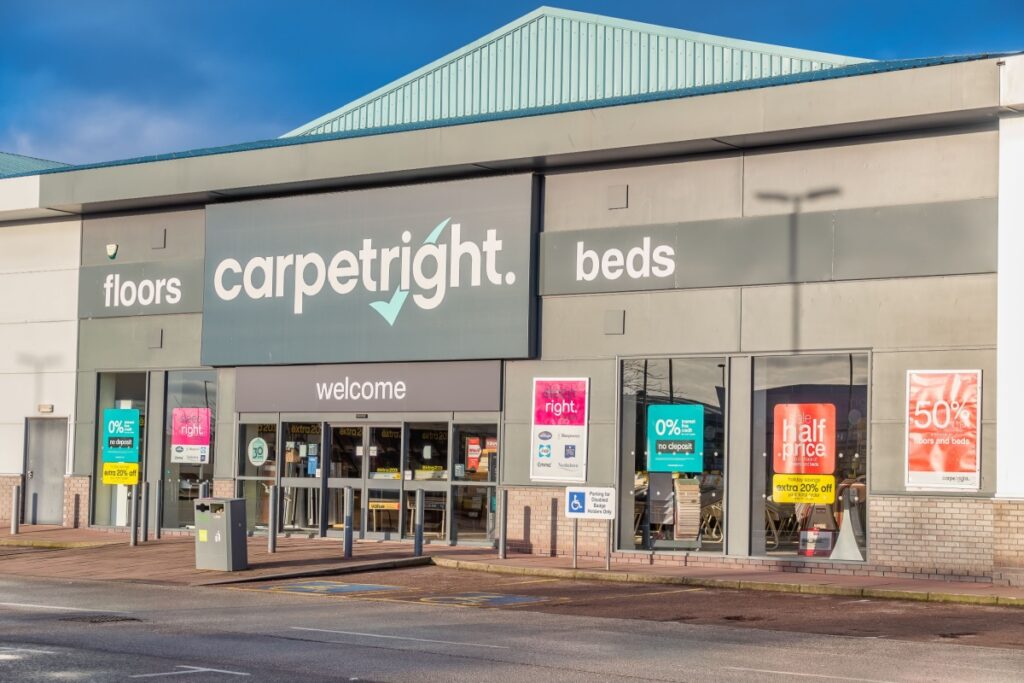Well that‘s actually two questions, but the sentiment is something that has been brewing for a long time.
The debate on Brick Meets Click continues apace lately, with many commentators wading in and discussing how seriously the food and grocery business should take the online grocery opportunity.
Some think there‘s no reason to take it seriously since some of the best minds and operators in the grocery business haven‘t moved into it. Others believe that online grocery has already established itself as a major feature of the retail landscape.
This debate is further fuelled by the recent publication Kantar Worldpanel, who posed the intriguing question – “What if online retail was bigger than Tesco?”
If, as Kantar reports, only 22% of households actually shopped online for groceries over the last 12 months and even these still spent 75% of their money in an off-line environment then is there really any value in FMCG companies shifting upwards of 15% of their marketing and research budgets into this area in order to win in e-commerce?
The doubters claim there‘s no money in online for retailers and with 95% of shoppers still purchasing in store then keeping them coming back should be the focus. In short there‘s no real evidence that online is making a difference.
On the other hand the supporters point to the rapid development of online shopping in the UK and France and major shifts to online in China. They also highlight how mature online retailers, like Amazon are growing sales of consumables, meat, fish, vegetables etc, and how entirely new ways for shoppers to buy groceries are emerging – subscription buying, ready to prepare meal kits for example.
The truth probably sits somewhere in the middle of course and we need to analyse shopper behaviour, understand why and how shoppers are using online and where are the barriers to purchase inherent in the online shopping experience, as ever the devil is in the detail.
Shopping of course doesn‘t begin and end with purchase. Shoppers create shopping lists, build meal solutions, research product features, access offers, interact with loyalty schemes. They also share shopping content, recipes for example, with friends and through social media.
Kantar also identify the types of households, typical shopping trips and categories that can potentially benefit from increased targeting of online shoppers.
It‘s clear analysis and understanding of behaviour at this level of detail, which can deliver significant benefits to FMCG companies when investing in and building online grocery shopping capability. It‘s also true that brands who rely on impulse purchase or a high level of shopper engagement may find the more planned and analytical online shopping process damaging to sales. These brands should perhaps focus more on the physical Instore experience.
Very telling is the current behaviour of some grocery retailers and the more forward thinking brand owners and manufacturers. For example, Tesco has this month increased minimum basket charges from £25 to £40, which may reduce traffic levels but deliver some revenue benefit. In contrast P&G with P&G Shop or Nestle, who recently brought in Ex Amazon Director of Consumables Sebastien Szczepaniak to head up e-commerce. Does this signal a move to grocery e-commerce of the future being the domain of brands looking for new routes to market and direct to consumer business?
The debate will rage for a good while yet but clearly shopping behaviour is evolving quickly. FMCG companies, manufacturers and retailers, who bury their heads in the sand and don‘t have a clear customer focused view on online shopping and how it might benefit their businesses are risking being left behind by more progressive and attentive competitors. With the rapid growth of mobile commerce and the impending wave of Virtual
RELATED STORIES


















